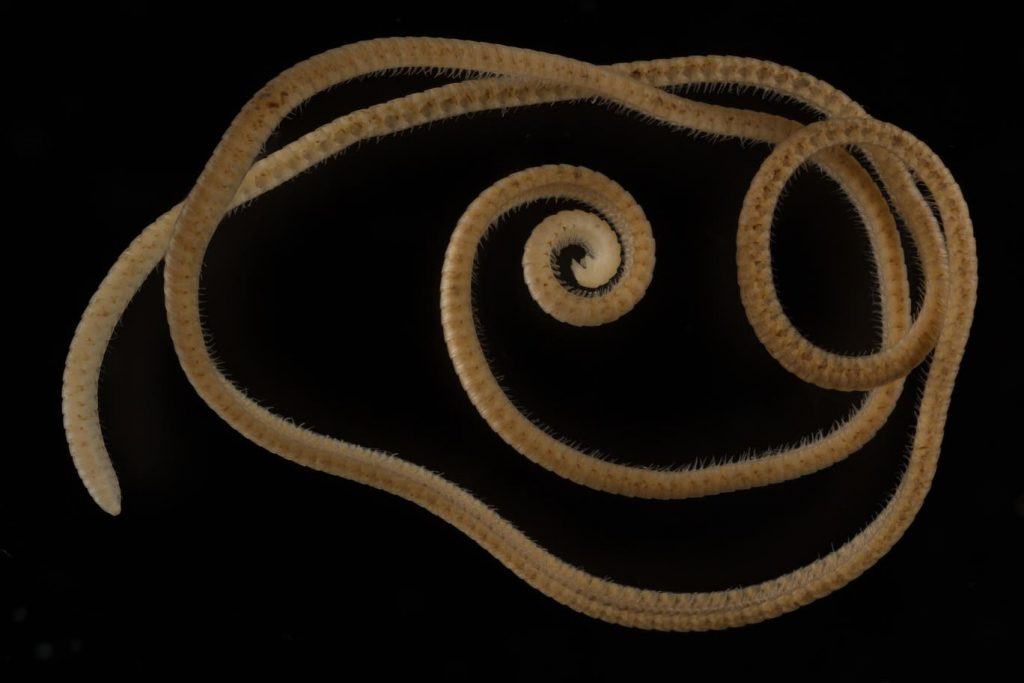The world’s first millipede with over 1,000 legs has been discovered in Western Australia.
The Guardian reported that the species, the first “genuine” millipede, has 1,306 legs and was discovered up to 60 meters deep in a mining area in Western Australia’s Eastern Goldfields region.
The new species has been given the name Eumillipes persephone, after Persephone, the Greek goddess of the underworld.
While the word “millipede” comes from the Latin words mille (thousand) and pes (foot), the scientists claim that no millipede has ever been discovered with more than 750 legs.
The species was discovered 6 meters below in a drill hole dug for mineral exploration in the Eastern Goldfields Province of Australia, according to the researchers, who published their findings in the journal Scientific Reports on Thursday.
They discovered that the millipede belongs to a new species called Eumillipes persephone and has 1,306 legs, the most of any invertebrate known.
Four members of the new species were measured and discovered to be eyeless, have small legs, and cone-shaped heads with antennae and a beak. They have long, thread-like bodies that are up to 0.9mm diameter and 95.7mm long and have up to 330 segments.
The discovery was regarded as “extremely lucky” by Dr. Bruno Buzatto, a biologist with Bennelongia Environmental Consultants.
With tiny legs and a cone-shaped head, the species has a long, thread-like body with up to 330 segments. It is blind and pallid, just as other animals who dwell in permanent darkness.
Dr. Juanita Rodriguez, a CSIRO insect expert and research collaborator, believes the new species’ length evolved for ease of travel underground.
According to Rodriguez, the Portuguese millipede, a frequent invasive species in Australia that can be found in large numbers after heavy rain, has roughly 25 segments. A railway crash in Perth was apparently caused by a Portuguese millipede infestation in 2013.
The scientists discovered eight Eumillipes persephone millipedes in three drill holes with depths ranging from 15 to 60 meters.
Rodriguez described the discovery of the new species as “surprising” because it occurred so deep beneath. She explained that while some millipedes live in caverns, many others live on the surface and break down organic waste such as leaf litter.

